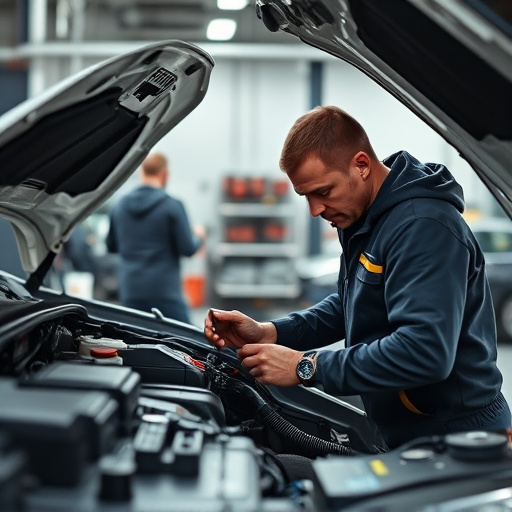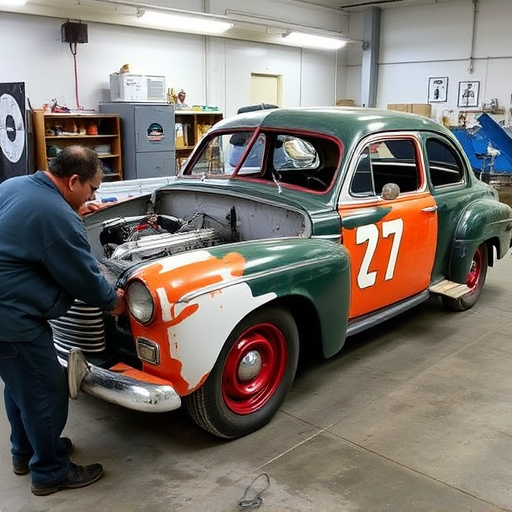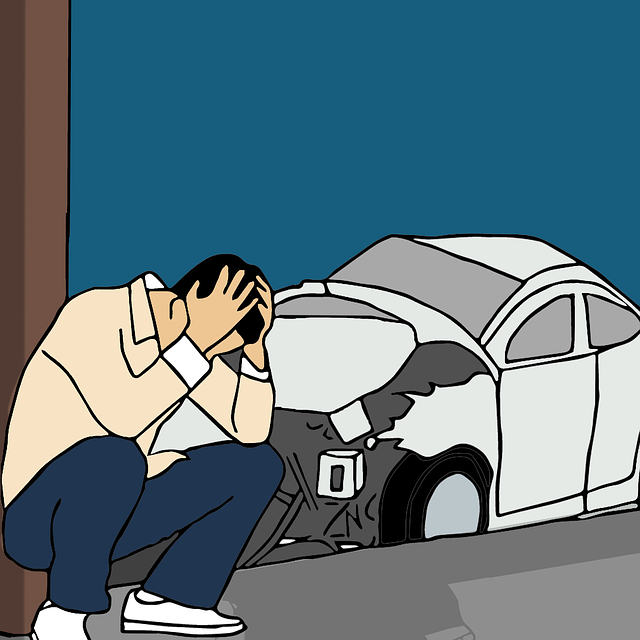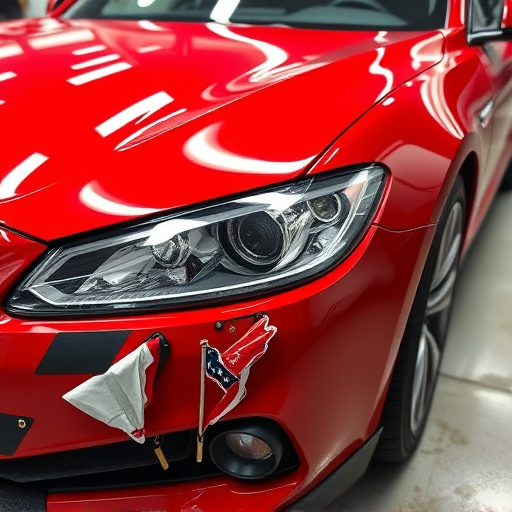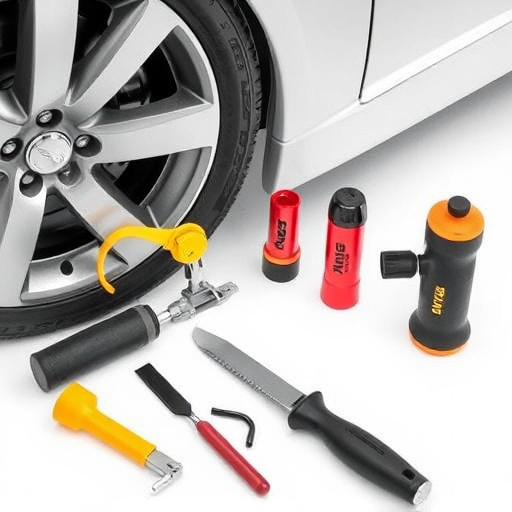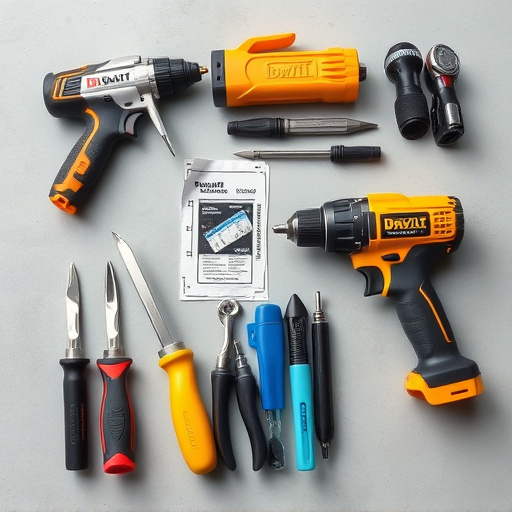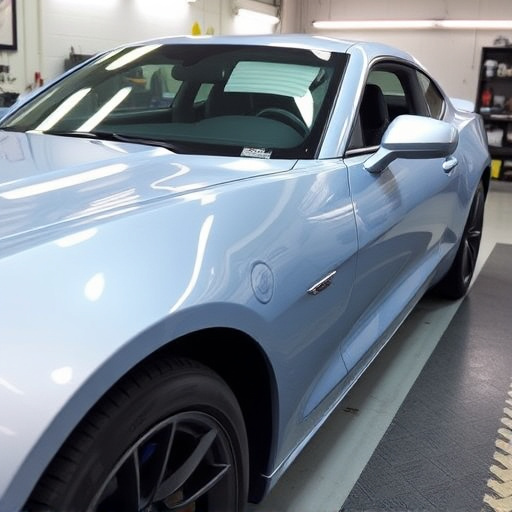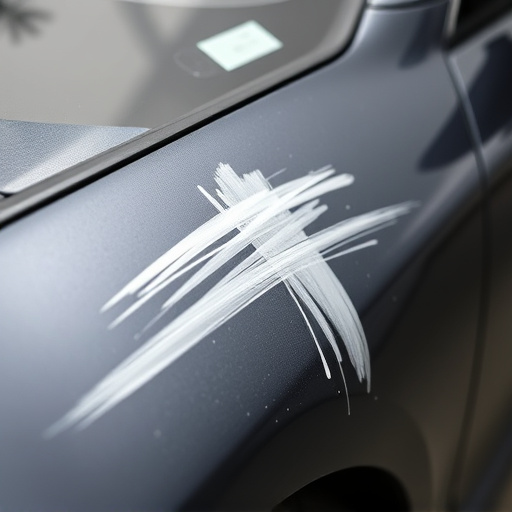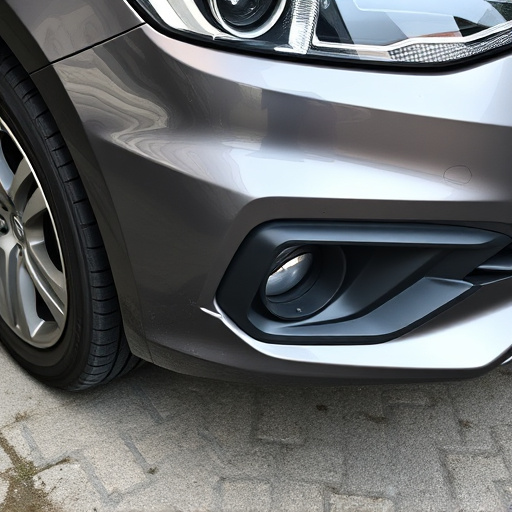High-resolution cameras and optimal lighting conditions capture detailed vehicle damage for accurate assessment in repair photo documentation. Consistency in lighting and camera angle ensures uniform color representation and direct before-after comparisons. Detailed annotations enhance credibility by providing a visual narrative of specific damage, measurements, and descriptions for transparent communication and future references.
Effective repair photo documentation is crucial for accurately communicating a repair’s scope, progress, and outcomes. This article explores three key pillars of clear and credible repair photo documentation: high-quality images with optimal clarity and resolution, consistent capture techniques ensuring uniform lighting and angles, and detailed annotations that provide context and insightful notes. By implementing these strategies, professionals can ensure photos accurately represent the repair process, fostering trust and transparency.
- High-Quality Images: Clarity and Resolution
- Consistency in Capture: Lighting and Angles
- Detailed Annotations: Context and Notes
High-Quality Images: Clarity and Resolution
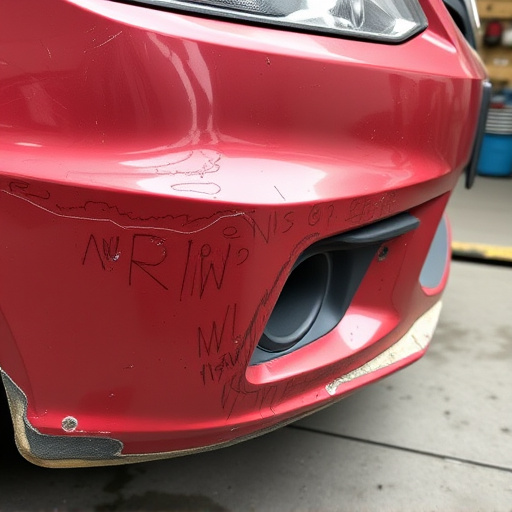
High-quality images are paramount for clear and credible repair photo documentation. When capturing photos of damaged vehicles, such as those involved in a fender bender or car scratch repair, it’s essential to use cameras with high resolution settings. This ensures that every detail, from tiny dents to significant body panel damage, is captured accurately. The clarity and sharpness of the images should allow anyone reviewing them to easily identify the extent of the repairs needed.
Additionally, proper lighting conditions are crucial. Well-lit photos reduce shadows and ensure that all surfaces are visible, providing a more accurate representation of the vehicle’s condition. Using natural light or professional lighting equipment can significantly enhance the overall quality of the repair photo documentation, making it more persuasive for insurance claims or customer verification in collision repair shops.
Consistency in Capture: Lighting and Angles

Consistency in capture is paramount for clear and credible repair photo documentation. Lighting plays a pivotal role; uniform illumination across all images ensures accurate color representation and hides no defects or inconsistencies. A constant angle, typically from a front or rear view, allows for direct comparison between before and after photos. This uniformity aids in objectively assessing the scope of work and identifying any discrepancies.
In an auto body shop, where every detail matters, adhering to these standards is crucial. Consistent lighting and angles facilitate precise documentation of auto body repair processes, ensuring that customers and stakeholders can visually verify the quality of workmanship. This practice not only bolsters credibility but also serves as a valuable reference for future repairs or insurance claims.
Detailed Annotations: Context and Notes
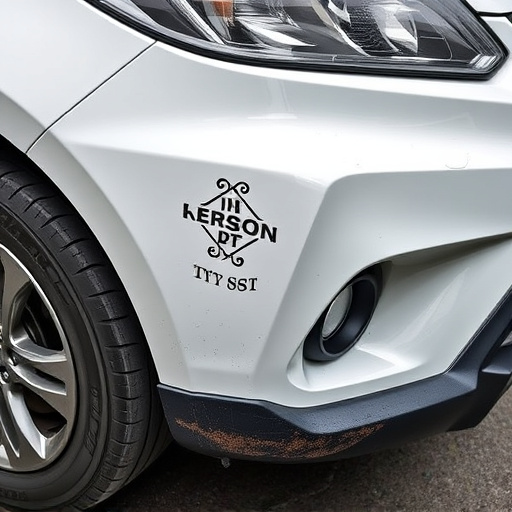
Detailed annotations are a critical component of repair photo documentation, providing context and notes that enhance credibility. These annotations serve as a visual narrative, explaining each image’s significance in the repair process. For instance, when documenting auto body repairs or car bodywork services, note the specific damage or issues encountered. By including measurements, reference points, and detailed descriptions, you create a clear picture of the problem area.
For example, “Dents measured at 2 inches across the passenger side fender, consistent with initial impact point, indicating a collision with a solid object.” Such annotations not only provide transparency but also allow other professionals to understand the scope and quality of the body shop services rendered. This level of detail ensures that the documentation remains credible, facilitating efficient communication and potential reference for future repairs or claims.
Effective repair photo documentation relies on high-quality images, consistent capture techniques, and detailed annotations. By prioritizing clarity, proper lighting, and accurate context through these key elements, you ensure that visual evidence is not only credible but also serves as a reliable record of the repair process. This, in turn, enhances communication, facilitates future reference, and ultimately bolsters overall professionalism.
